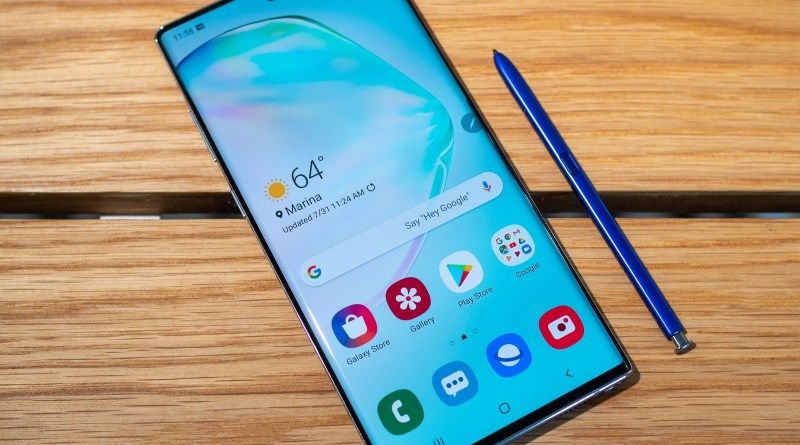T-Mobile launched its nationwide 5G network earlier this week. This nationwide 5G network consisted of using the low-band 600MHz sub-6GHz spectrum that had earlier been used for 4G LTE. This 5G network, therefore, was completely different from T-Mobile's launch of its millimeter wave (mmWave) 5G network in June. That network worked in parts of six cities, but thanks to millimeter wave's line-of-sight coverage restrictions and its inability to penetrate buildings and trees, it didn't cover a lot of people, and T-Mobile wasn't especially promoting it for consumers. (The carrier had only a single phone that supported its 5G millimeter wave network: the Galaxy S10 5G.) Instead, the company's 5G strategy consists of using the low-band 600MHz network to provide a lot more coverage, and T-Mobile specifically promoted that the sub-6GHz network is covering 200 million people in the US. Alongside the new network, T-Mobile also launched the Samsung Galaxy Note 10+ 5G and the OnePlus 7T Pro 5G McLaren.
The Galaxy S10 5G on T-Mobile, powered by Qualcomm's first-generation X50 5G modem, was a pretty limited phone as it supported only the millimeter wave T-Mobile 5G network, and not the 600MHz low-band network that was launched this week. However, both the Galaxy Note 10+ 5G T-Mobile variant and the OnePlus 7T Pro 5G McLaren use the newer Snapdragon X55 5G modem to provide sub-6GHz 5G connectivity. In their turn, these phones don't support T-Mobile's fast millimeter wave 5G network. They are ready, however, to use Sprint's mid-band 2.5GHz 5G network spectrum if the T-Mobile-Sprint merger deal closes.
The millimeter wave network is much faster (roughly 500-600Mbps vs. roughly 100Mbps for T-Mobile's 600MHz 5G network), but the 600MHz low-band network provides much more coverage, and it actually works indoors. Ideally, users would want to have the capability to use both networks to combine speed and coverage, but they will have to wait for the Samsung Galaxy S11 for that, even though the X55 modem theoretically supports both millimeter wave and sub-6GHz networks. OnePlus has publicly said it doesn't want to deal with the complexity of building a millimeter wave 5G phone now, but Samsung's reason not to include millimeter wave support in the T-Mobile 5G Galaxy Note 10+ is unknown. Adding confusion, the T-Mobile Galaxy Note 10+ 5G is different from Verizon's variant of the Galaxy Note 10+ 5G. The latter supports only Verizon's millimeter wave 5G network, and it's powered by the older X50 5G modem.
The Galaxy Note 10+ 5G on T-Mobile supports only one of two T-Mobile's 5G networks, but it still costs a hefty $1,299 (the OnePlus 7T Pro 5G McLaren costs a more manageable $899). This means its value proposition is pretty questionable, but as the phone has started making its way to consumers, there is at least one good thing about it. The phone is the first Samsung phone to launch with Android 10 and One UI 2.0 out of the box, as confirmed by T-Mobile on Twitter.
Samsung has started rolling out the stable One UI 2.0 with Android 10 update for the Samsung Galaxy S10 series in Europe, but the update will take its while in reaching US carrier variants as well as the unlocked US variants of the Galaxy S10 and Galaxy Note 10 phones. The Galaxy Note 10+ 5G on T-Mobile, therefore, has the distinction of having Android 10 weeks and possibly months before the other Galaxy Note 10/Galaxy S10 variants in the US will get the update. Does that improve the phone's value proposition? That depends on consumers' perception. The Galaxy Note 10+ 5G (12GB RAM/256GB storage) will be available for purchase from T-Mobile starting December 6th for $1,299.

